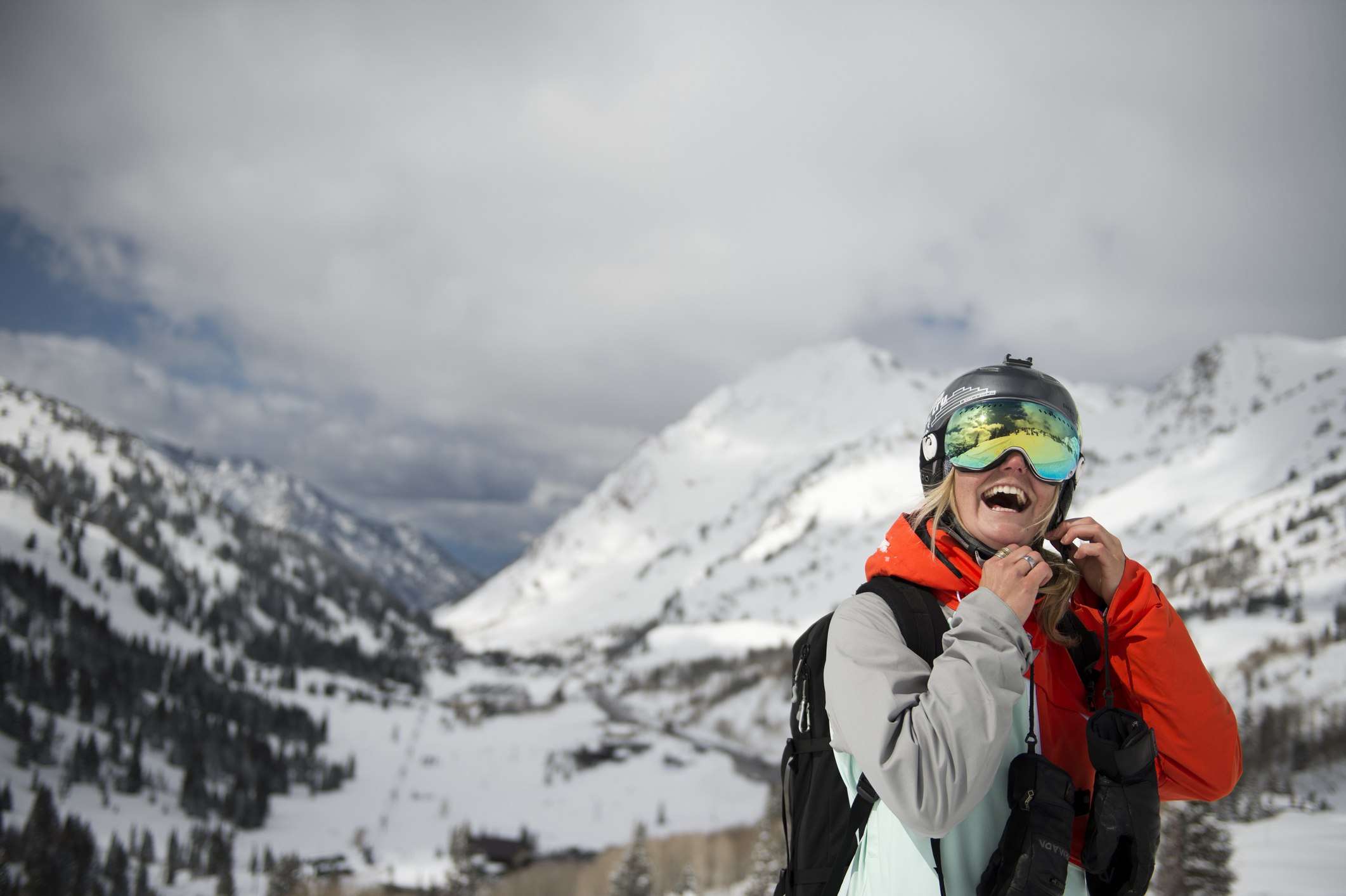Reading time: 5 minutes

Time to hit the slopes
It's that time of the year again when the ski and snowboard-injury related claims start rolling into the TID office. We hear so many of the same stories year in, year out so if you're heading to the slopes, here are some tips to minimize your chances of getting hurt.
Tip#1: Lessons for beginners
The most accident-prone time, and place, on the snow is day one, on the beginner's slope. 'Gung-ho' skiers who don't think they need a lesson tend to be the biggest problem. They're a danger to themselves and to others – getting wiped out by an out-of-control novice is an all too common story.
Statistics show that the best way to improve your ability quickly is to get lessons, so if you've never skied or snowboarded before, sign up for ski school. There's an added benefit – the incidence of injury declines dramatically with experience.
Tip #2: Wear protective gear
The most common injury on the slopes is a sprain: thumbs, wrists, elbows, and shoulders, but mostly knees. Boarders are prone to broken wrists and dislocated shoulders; for skiers it's knee injuries.
A bone fracture is the second most common injury on the ski field, particularly amongst boarders. Try wrist-guards, especially for kids – they make a difference.
Then there are head injuries. Snow is not always as soft as you expect – that ice can be bruising when you come a cropper. Hidden rocks can bring you unstuck and so can that tree that refuses to get out of your way! The best advice is to wear a helmet – not only can it prevent a serious injury, it will keep your head warm. After a while you won't even notice it's there.
Tip #3: Never ski alone
The other golden rule of snow safety: never ski alone. No matter how tempting it is to try out that untouched powder down between the trees with no-one else in sight, resist! If you're injured, at least your partner can go for help. And it's amazing how quickly the weather can change from clear skies to total whiteout – it's completely disorienting and very dangerous, especially if you're solo.
Tip #4: Ski or board to your ability
You're having great fun putting together a few swish turns and next thing you know your friends have lured you up to the black diamond mogul run and suddenly you're way out of your league. Sound familiar?
We can't stress enough how important it is to ski and board to your ability. If you do make a wrong turn or get led astray by your not-so-thoughtful friends, don't be a hero. Slip-slide your way down the mountain. Or take the lift back down. Don't risk an injury for the sake of "putting on a brave face".
Tip #5: Know the conditions
Check the weather and snow and skiing conditions before you head out and be sure to watch for any forecasted changes. Skiing in sunnies when it's snowing or sleeting is cold, uncomfortable and dangerous as you can't see where you're going. Also check your equipment to make sure it's all in working order.
Tip #6: Refuel
Eat a good meal before you hit the slopes and carry a snack with you while you're skiing. You work up a good sweat on the mountain so remember to drink lots of water and avoid alcohol. A hot chocolate stop mid-morning or afternoon is also compulsory! So is lunch - you'll need to refuel to keep your energy levels up.
Tip #7: Know when to call it quits
You've skied or boarded hard all day, your legs are burning, and the sun is going down. Your aching body desperately wants to collapse on the couch or into a hot shower but you think, 'just one more run' before calling it a day. Think again!
When you're fatigued, it's very easy to slip and fall, plus you might find yourself at the bottom of an isolated trail with all the lifts closed. While the ski patrol always does a final sweep of the mountain, it gets cold pretty quickly and that can mean trouble. So listen to your body and be sure to take rests when you become tired.